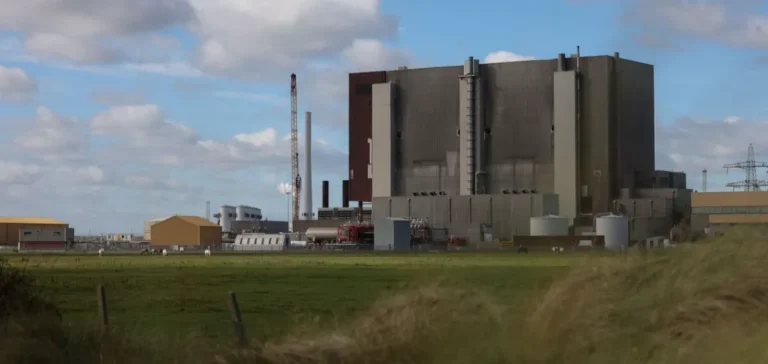Électricité de France (EDF) has confirmed the extension of two nuclear power plants in the United Kingdom, following technical checks and safety inspections carried out on its facilities. The sites concerned are Heysham 1, located in north-west England, and Hartlepool, in the north-east, whose initial closure scheduled for 2027 has now been postponed to March 2028. This decision aims to ensure continuity of the UK’s energy supply through the extended use of existing reactors.
Extension conditioned by inspections
EDF stated that this extension is based on favourable results obtained during safety assessments conducted on the two sites. These findings allow the French energy company to continue operating while maintaining the standards required by regulatory authorities. EDF’s Nuclear Operations Director in the United Kingdom, Mark Hartley, stressed that these decisions also make it possible to safeguard more than 1,000 jobs linked to maintenance and operational activities at the plants.
In December, EDF had already secured a life extension for the Heysham 2 and Torness plants, now expected to operate until March 2030. The entire UK nuclear fleet operated by EDF remains under regular monitoring to continuously evaluate its ability to remain operational.
Prospects for Sizewell and new projects
The Sizewell B plant, which operates with a pressurised water reactor, has not been included in this extension process. However, EDF indicated that preliminary evaluations could allow a 20-year extension, until 2055. Maintaining these infrastructures is seen as a key step before the commissioning of new nuclear projects, whose completion remains subject to delays and cost overruns.
At the same time, EDF is leading the construction of two European pressurised reactors (EPR) in the United Kingdom: Hinkley Point C and Sizewell C. The British government approved the Sizewell C project in July, with an estimated cost of GBP38bn ($48.08bn). These projects, though strategic, are regularly criticised for delays and financial management issues.
Support for energy security
In the geopolitical context marked by the war in Ukraine, the United Kingdom relies on the maintenance and modernisation of its nuclear fleet to reduce dependence on hydrocarbon imports. Extending the lifespan of existing plants helps stabilise national electricity production while waiting for new capacities to come online. Investments committed by London, exceeding GBP30bn ($37.95bn), include small modular reactors (SMR) as well as research into nuclear fusion.
These successive extensions are part of a rigorous maintenance strategy designed to optimise the operating life of active reactors while ensuring compliance with the safety standards imposed by UK nuclear regulation.






















